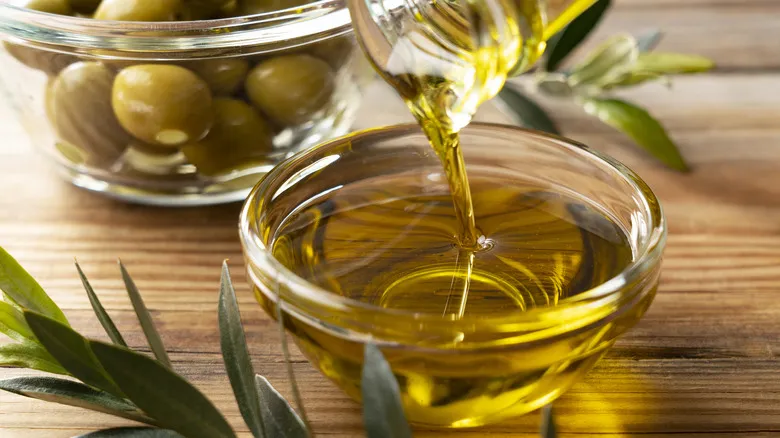After smelling olive oil, it's finally time to taste
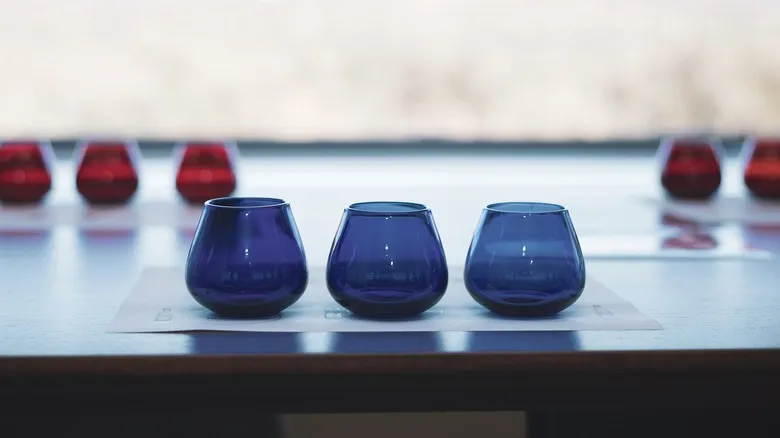
As expert Alexis Kerner explained to Olive Oil Lovers, when assessing olive oil by its aroma, it's crucial to pay attention to the details. Does it have a ripe, vegetable-like scent or a fresh, green plant aroma? Is the fragrance strong or subtle? Is it fresh, or does it carry an unpleasant odor, such as something fermented or moldy? After making these observations, it's time to taste. Take a sip as you would with wine during a tasting, allowing it to fully coat your palate to appreciate its flavors. Is it spicy, bitter, or sweet? Once you've formed an opinion, instead of spitting it out, swallow it — this final step is essential.
Different dishes call for different types of olive oil, and swallowing it is crucial for truly grasping its character. This is how you gauge the intensity of its flavor, as those peppery notes will be most pronounced at the back of your throat. (This is also why it's advisable to have a glass of water on hand during an oil tasting.) A strong peppery flavor indicates that the oil is rich in antioxidants, making it ideal for dishes where you want its flavor to stand out. Conversely, for meals that use the oil primarily for its fat content, you may prefer a milder, more versatile option.
Factors to consider during the tasting process
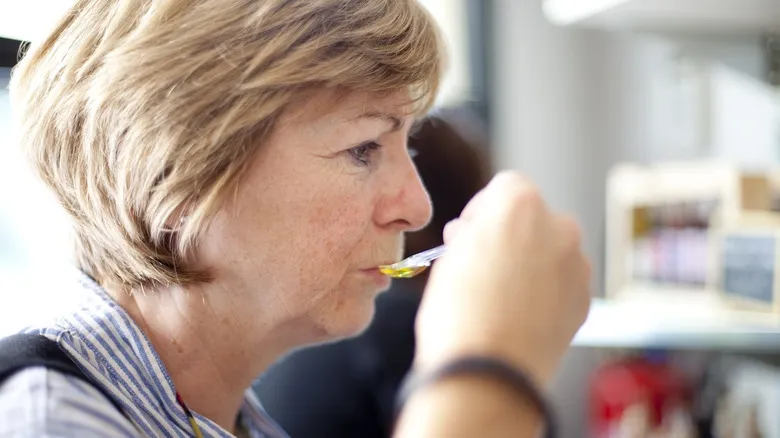
Similar to many aspects of life, determining what to seek in the taste of olive oil is a subjective matter, largely influenced by individual preferences. Does your recipe call for a delicate or extra virgin olive oil? What flavors do you enjoy most? These are the key questions to consider as you sample the oil.
In general, oleologists focus on a few common elements during oil tastings. Are there any off-putting, rancid flavors? Such tastes may arise from improper handling of the olives prior to pressing. Additionally, experts pay close attention to the specific flavors and aromas present in the olive oil, which can range from fresh green apples and tomatoes to bitter grass and almonds. This analysis helps you determine which flavors in a dish would complement the oil best. Expert Alexis Kerner mentioned to Olive Oil Lovers that tasters often eat a slice of green apple between samples to refresh their palates.
Other components of olive oil to keep in mind
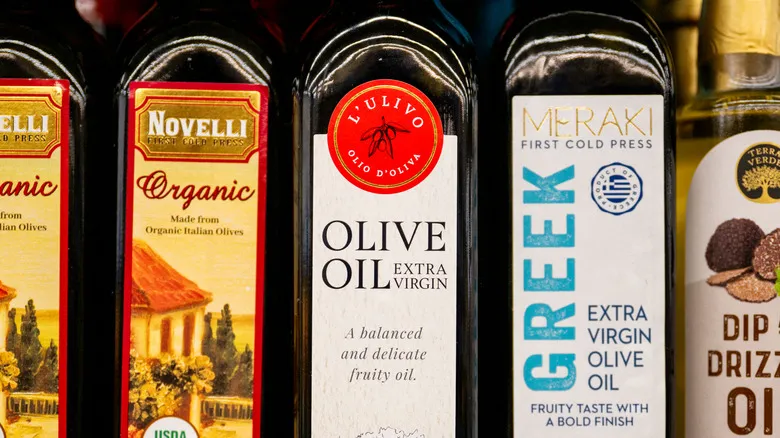
Beyond flavor, you can learn a great deal about olive oil by examining its various components. As Nicholas Coleman explained to Serious Eats, similar to wine, the harvest and bottling dates of olive oil can reveal much about its quality. It's advisable to select an oil from a recent harvest, which can differ by region. "In the northern hemisphere, olives are typically harvested in the fall. In Tuscany, the harvest usually starts at the end of October and extends into November," Coleman noted.
Coleman also emphasized that the origin of the olive oil and the types of olives used are crucial factors to consider. It's important to look beyond just the country of origin and focus on the specific region. "Some oils of questionable origin may simply label themselves as 'Product of Italy.' They could be blends from various parts of the world, merely bottled and shipped from Italy. High-quality olive oils almost always specify the exact region of production," Coleman added.
In summary, there are several ways to assess the quality of olive oil. If you're interested in learning more, be sure to check out our comprehensive guide to purchasing olive oil for additional insights.
Recommended
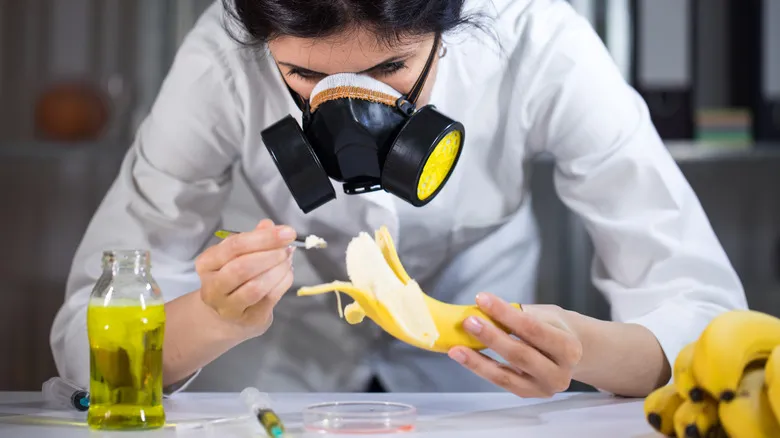
The Scientific Reason Artificial Banana Flavor Tastes Wrong

The Science Behind Why Pizza Tastes Better Cold

Stop Banana Slices From Browning With A Quick Citrus Hack

The First Cereal Mascot Was Surprisingly Boring Compared To Its Colorful Successors
Next up

